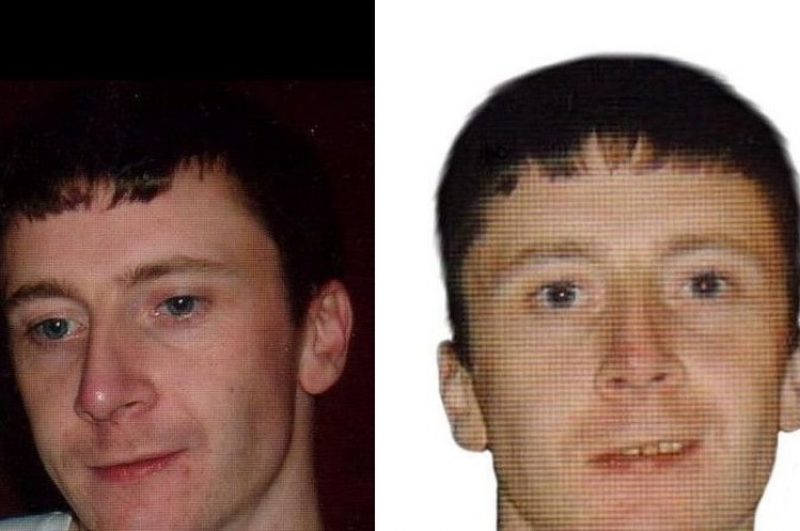Having vanished in 2009 in Perpignan, the Remains of the 28-year-old Dubliner were recently discovered by French authorities
Just four weeks ago, the news broke that remains found on the banks of the River Têt in Perpignan in the south-west of France were those of Paul Shine-Dixon, who had disappeared while passing through the city in 2009.
For family and friends of the victim, there is some closure but the question remains over how he died. Was he the victim of a Dublin-based organised crime gang, was it suicide or is there another explanation?
It was on the afternoon of the 27th of December last that a local horse rider came across what turned out to be a human skull partially hidden in the grasses while out riding along the banks of the River Têt near the city of Perpignan. He immediately called the local gendarmerie to report his macabre discovery. A team of investigators examined the site with a fine tooth comb and found further human remains close to where the skull had been found.

A tidal section of the River Têt, where the remains of Paul Shine-Dixon were found
Despite numerous extensive searches following his disappearance nine years previously, no trace had been found of the missing Dubliner until this grim discovery. His family were informed on the 6th of July 2018 that their worst fears had been finally confirmed.
“Deep down, we feel that Paul is dead. That feeling of dread hasn’t left us since the day he disappeared,” said his mother, who had visited Perpignan along with her daughter and sister both in 2013 and 2014. They had been attempting to find some lead or clue on a well-worn path where both the police and a private detective had failed.
“It’s a very sad end to the story but now they can at least properly mourn this son, father and brother who had literally vanished into thin air.” So says Joanna Sirour, the lady who had been assigned by the Dixon’s to investigate Paul’s disappearance. In vain, she had gone over and over again the final movements of Shine-Dixon but had never found a single indication or clue in the case.
The only thing that is known for certain is that at the time, the young man was travelling by train from Amsterdam to Barcelona when he got off at Perpignan’s main train station. In a state of upset, he phoned his girlfriend, telling her that he had witnessed a murder, which was why he had made the unscheduled stop in the French Catalan city. The alleged murder has never been confirmed and Paul’s phone went dead. That was the last that anyone heard from him.
Members of the railway police found him in a state of “extreme confusion” on the platform of the station and accompanied him to the Accident & Emergency Department of the local hospital – the Centre Hospitalier de Perpignan. Before he could be seen by a doctor, however, he fled the hospital and was never seen alive since.
Shine-Dixon’s body was so badly decomposed that it was not possible to establish any cause of death. According to the French police, therefore, there is no evidence of foul play and they have kept an open mind on the case, treating it as a possible suicide.
Back in Ireland, however, various newspaper reports have highlighted Shine-Dixon’s association with Eamonn “The Don” Dunne – well-known violent criminal who was murdered in 2010. According to a report in the Irish Sun, Gardai believe that Shine-Dixon went on a drink-and-drugs binge on his journey from Amsterdam and one theory is that he was lured to his death in Perpignan by being advised by associates to get off there. According to the report, Shine-Dixon was a chief suspect in the murder of criminal Michael Murray earlier in 2009 and he had fled the country, hoping to live with his pregnant girlfriend in Barcelona.




 Tootlafrance is Ireland’s fresh new eyes on France, bringing you the latest news, exclusive celebrity interviews, political analysis, cultural events, property news and, of course, travel features written by top Irish journalists.
Tootlafrance is Ireland’s fresh new eyes on France, bringing you the latest news, exclusive celebrity interviews, political analysis, cultural events, property news and, of course, travel features written by top Irish journalists.